MGO structural floor panels are engineered to be a superior, single-layer replacement for traditional plywood/OSB subflooring, often eliminating the need for a secondary poured gypsum underlayment for fire rating.
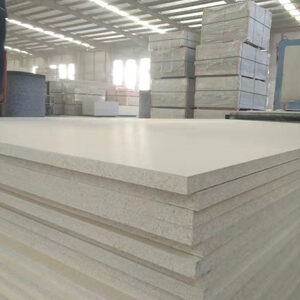
Key Features of MGO Structural Floor Panels
These panels are designed specifically to carry loads and meet stringent building codes for floor/ceiling assemblies.
- Non-Combustibility and Fire Rating
- ASTM E136 Non-Combustible: MGO is inherently non-combustible. It receives a rating of 0 Flame Spread and 0 Smoke Developed Index under ASTM E84 testing, meaning it will not fuel a fire.
- Structural Fire Resistance: When used in an approved assembly (joists, insulation, MGO panel, and ceiling material), these panels are certified to meet 1-hour and 2-hour fire resistance ratings under ASTM E119 / UL 263 protocols. This is a primary benefit over standard wood subfloors.
- Safety Mechanism: MGO contains chemically bonded water molecules. When exposed to high heat, this water is released as steam, which helps cool the surface and slow the spread of fire.
- Structural Capacity
- Single-Layer Use: Panels, typically 3/4'' (20 mm) thick, are engineered to serve as the single structural subfloor layer, spanning joists up to 24 inches on center (OC).
- Load Bearing: They are rated for robust structural capacity, with some products listing allowable loads of 133 psf (pounds per square foot) at common deflection limits (L/480).
- Dimensional Stability: Unlike OSB or plywood, MGO panels maintain exceptional dimensional stability when exposed to moisture (they won't swell, warp, or delaminate).
- Edge Profiles
- Tongue & Groove (T&G): This is the most common and desirable profile for subflooring. The interlocking edges eliminate the need for joint blocking, ensure positive alignment, and transfer loads effectively across the floor system.
- Square Edge: Available for applications where joint blocking or a specific assembly dictates a square profile.
- Environmental & Health Benefits
- Sulfate-Based Formula: High-quality products use a Magnesium Sulfate formulation instead of the older Magnesium Chloride formula. This is critical because the chloride-based formulation can be highly corrosive to metal fasteners and structural components over time.
- Non-Toxic: Free of harmful chemicals like asbestos, crystalline silica, formaldehyde, and VOCs, contributing to better indoor air quality.
Typical Specification Summary
| Specification | Detail |
| Typical Thickness | 3/4''(Nominal 20 mm) |
| Standard Size | 4' x 8' or 4'x 10' |
| Fire Rating (Panel) | ASTM E84: Flame Spread 0 / Smoke Developed 0 |
| Fire Rating (Assembly) | ASTM E119 / UL 263: 1-Hour or 2-Hour Floor/Ceiling Assemblies |
| Max Span Rating | 24" On Center (OC) |
| Recommended Formula | Magnesium Sulfate based (Chloride-free) |
More information, please visit at www.hocre-board.com or send message by whatsapp +86 1501321220

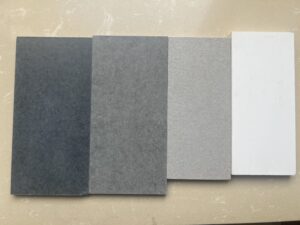 A
A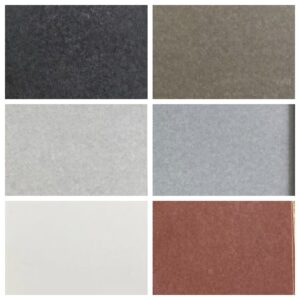


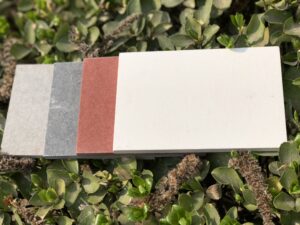 The type of product you are describing is most commonly known as
The type of product you are describing is most commonly known as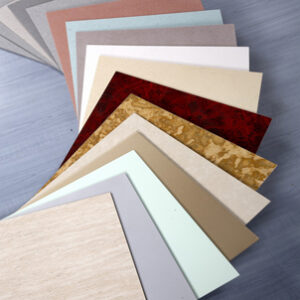
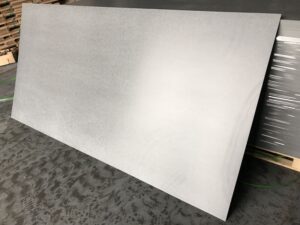 The description "
The description " The description "Sanded & slightly rough surface fibre cement board" refers to a specific, highly textural category of architectural cladding favored for its authentic, mineral aesthetic and tactile quality.
The description "Sanded & slightly rough surface fibre cement board" refers to a specific, highly textural category of architectural cladding favored for its authentic, mineral aesthetic and tactile quality.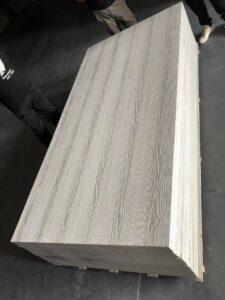 Tongue and groove (T&G) fiber cement plank is an innovative type of fiber cement siding specifically engineered to facilitate easier, quicker, and cleaner installation compared to traditional lap siding.
Tongue and groove (T&G) fiber cement plank is an innovative type of fiber cement siding specifically engineered to facilitate easier, quicker, and cleaner installation compared to traditional lap siding. This product combines high performance with sophisticated design, resulting in a facade material that is both durable and visually dynamic.
This product combines high performance with sophisticated design, resulting in a facade material that is both durable and visually dynamic.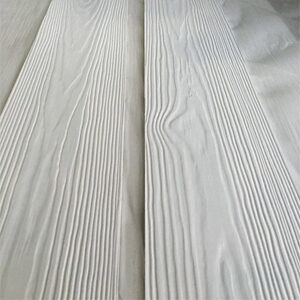
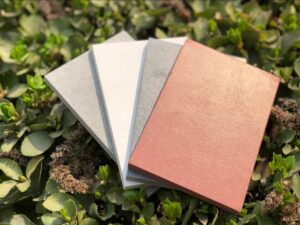
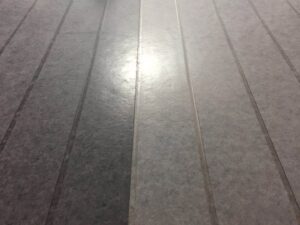

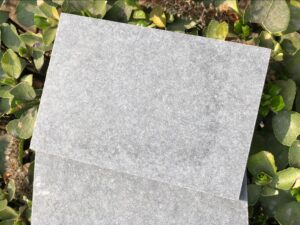 That is a common and frustrating issue with painting any cementitious surface, including
That is a common and frustrating issue with painting any cementitious surface, including